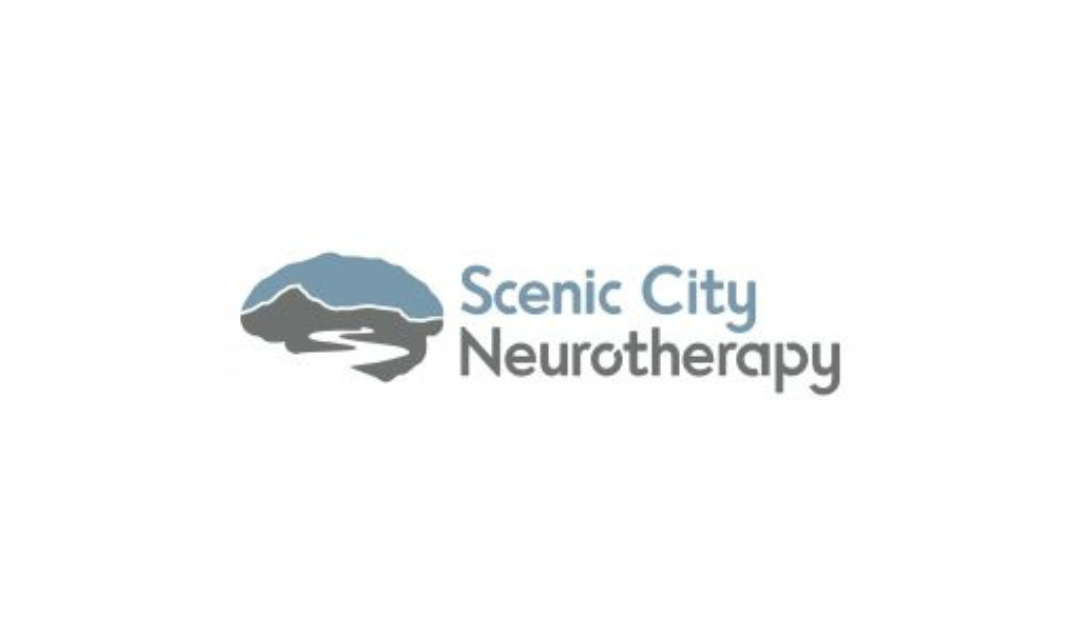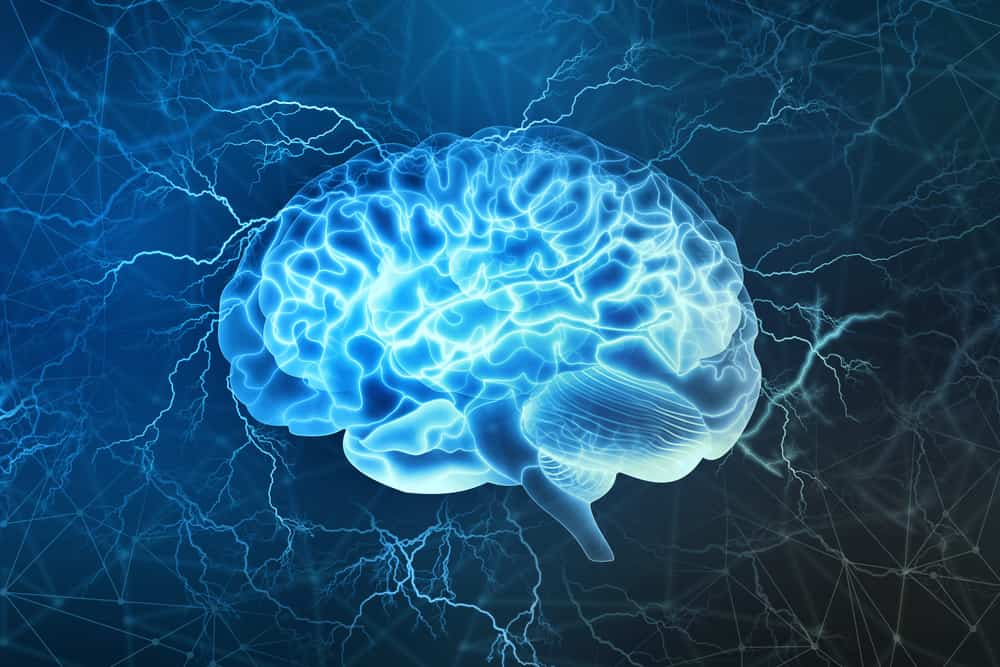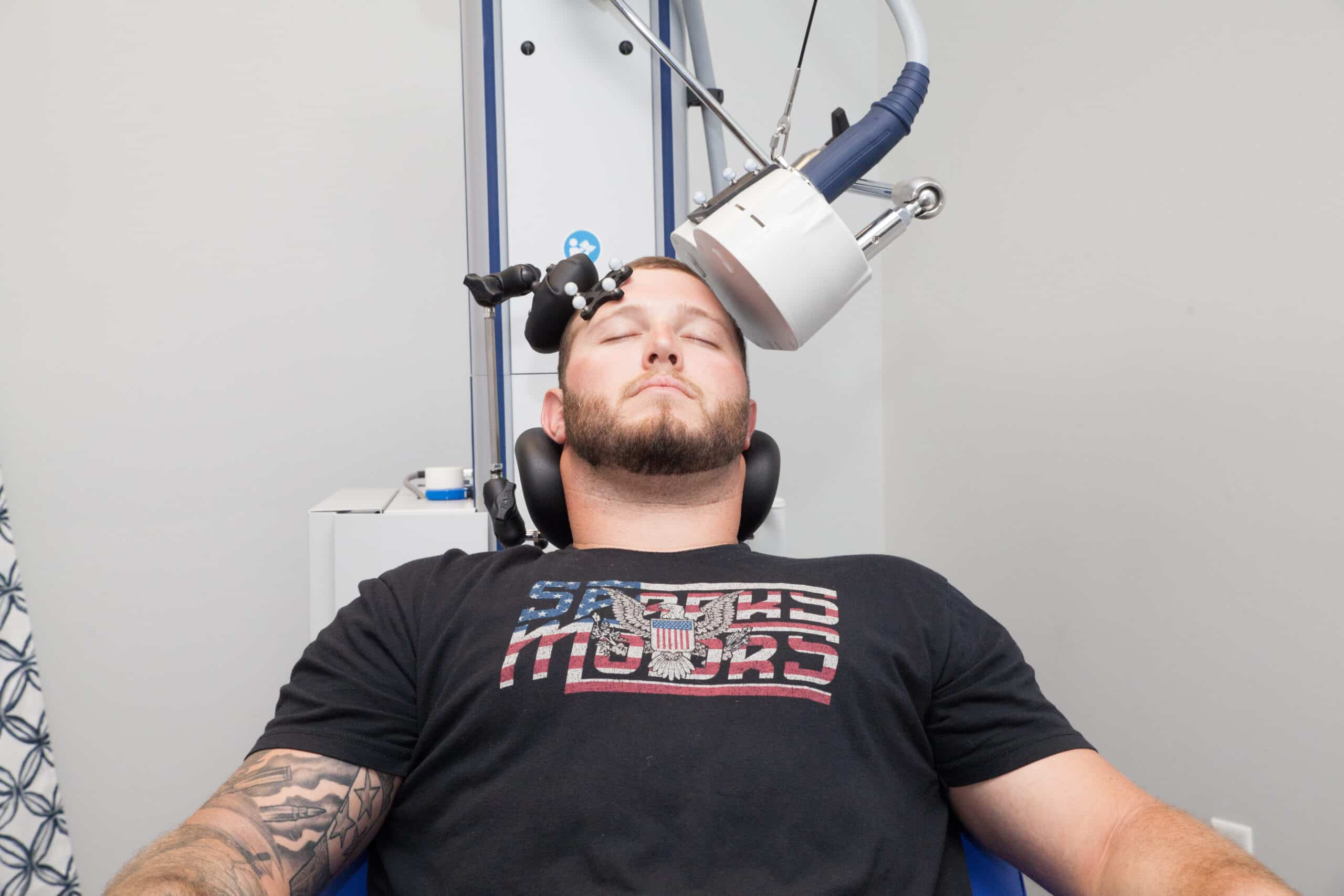Minimum Requirements For A Ketamine Infusion Center
By Charles Miller, CRNA, CMO, Founder of Scenic City Neurotherapy
Ensuring a safe and effective ketamine infusion experience is crucial to achieving positive patient outcomes.
Over the past five years, Scenic City Neurotherapy has meticulously reviewed extensive literature on ketamine infusion therapy and its physiological impacts in treating mental health, chronic pain, and other neuro-degenerative conditions.
Scenic City Neurotherapy’s approach, Minimally Stimulated Ketamine Infusion Therapy (MSKIT®), utilizes optimal administration, modality, dosing, and duration, all grounded in extensive research from the fields of anesthesia and psychiatry. This tailored process is designed to maximize long-term improvements in cognition, functionality, and mood regulation, offering patients the best possible outcomes.
This blog explores the foundational elements necessary for ketamine infusion centers to uphold rigorous standards of care. By adhering to these essential requirements, centers prioritize patient safety, optimal comfort, and treatment efficacy.
1. Ketamine Should be Administered Intravenously (IV) with an Appropriately Skilled Medical Provider Present and Available
Administering ketamine intravenously (IV) allows for precise control over the dosage and rapid adjustments if necessary. An advanced provider with extensive airway management training, such as a certified registered nurse anesthesiologist, physician anesthesiologist, emergency medical physician, or acute care nurse practitioner, should be present to ensure safety and manage any potential complications. These professionals are trained to handle the anesthetic effects of ketamine, closely monitor vital signs, and promptly intervene in case of adverse reactions, such as laryngospasm. Their expertise is crucial for maintaining patient safety and comfort throughout the infusion process. The safety of the patient is paramount and should never be compromised by providers without advanced airway management experience. Every provider has a role, but not every role is suitable for every provider.
Optimal – Administering ketamine intravenously (IV) ensures the highest bioavailability, efficacy, safety, and comfort for the patient, supporting the goal of achieving optimal outcomes. However, this method can be more challenging for providers, which is why alternative administration models exist. It’s crucial to select a provider capable of delivering the best possible success for each patient.
2. Patient Blood Pressure, Blood Oxygen, and Heart Rate Should be Monitored at a Minimum of 5-Minute Intervals
Continuous monitoring of vital signs, including blood pressure, blood oxygen levels (SpO2), and heart rate, is essential during ketamine infusion. Ketamine can cause fluctuations in these parameters, and frequent monitoring ensures any changes are detected and addressed immediately. Monitoring at five-minute intervals is a minimum standard for anesthetic monitoring, allowing for timely intervention if any abnormalities arise, thereby minimizing the risk of adverse effects and ensuring a safe therapeutic environment. The practice of measuring only before and after the infusion ignores the risk of hypertensive issues, which are most likely to occur during the infusion when the patient is not being monitored.
Optimal – Continuous monitoring like we see with Caretaker’s VitalStream monitors improves consistent, trackable monitoring and also produces reports on each session with detailed monitoring information that can be added to the ketamine record.
3. No Benzodiazepines, Opioids, or Other Sedatives Should be Co-Administered During the Infusion
Benzodiazepines, opioids, and other sedatives can significantly diminish the efficacy of ketamine infusion, reducing its therapeutic benefits while elevating the likelihood of adverse side effects. Sedating medications may dampen the dissociative effects during ketamine therapy but they also hinder the brain’s responsiveness crucial for enhancing neuroplasticity—the primary goal of ketamine treatment. Moreover, opioids can intensify sedative effects, heightening the risks of respiratory depression and exacerbating neuropathic pain conditions. Avoiding the concurrent administration of these substances with ketamine is essential to preserve treatment efficacy and ensure patient safety.
Optimal – Every medication that a patient receives, in treatment or otherwise, is promoting a goal. The patient desires to feel better, more, and correctly based on the stimulus of the moment. Most medications will only suppress symptoms temporarily, making the patient feel less, not better or correctly. Make sure the medications you give are always moving the patient closer to his or her goal of wellness.
4. Online Reviews and Medical Licenses of Administering Providers
Researching online reviews can provide valuable insight into the experiences of other patients with a particular provider or facility. Look for reviews on reputable healthcare review sites and pay attention to comments about the professionalism, safety, and effectiveness of the treatments provided. Consistently positive reviews can indicate a high standard of care, while negative reviews may highlight potential issues to consider.
Checking the state medical licenses of providers through the state website can help identify those who have had licenses suspended or are misrepresenting their specialty. Sadly, many providers who administer ketamine infusion therapy will misrepresent their specialty or training to appear more legitimate to patients.
Optimal – An office equipped with emergency airway equipment, ACLS drugs, and a defibrillator, staffed by experienced advanced providers certified in emergency protocols, is prepared to manage rare but critical scenarios, although these are unlikely to occur. Nonetheless, it’s essential to be prepared for any potential risks. Patients should not have to accept risks for which medicine already has an answer.
5. Practitioner Should Have a Minimum of One Year Experience
Experience is important when administering ketamine infusion therapy. A practitioner with at least one year of experience in their respective field of critical care airway management has developed the necessary skills and knowledge to provide safe and effective treatment. They are more likely to have encountered a diverse range of patient responses and be adept at managing various scenarios. Verifying their experience can provide confidence in their ability to deliver safe, high-quality care.
Optimal – Anesthesia providers (CRNAs/MDAs) have the greatest experience among all medical specialties in the safe administration of ketamine, knowledge and management of potential side effects, and successful airway management with emergency medical physicians as a close second. These providers are best able to optimize efficacy, safety, and patient comfort through the treatment process.
6. Patient Should Receive Optimal Dosing and Time (0.6-1.2 mg/kg) Over At Least 40 Minutes
The dosage and duration of ketamine infusion are pivotal factors in achieving optimal therapeutic outcomes while minimizing potential side effects. Current research indicates the effectiveness of a dosage range of approximately 0.5-0.8 mg/kg administered over a duration of 40-60 minutes for treating depression and related mental health conditions. This protocol ensures a balanced onset of ketamine’s effects and reduces the likelihood of adverse reactions.
It’s essential for providers to adhere to this evidence-based dosing regimen to maximize treatment benefits. Some may consider lowering the dosage to facilitate “therapeutic conversation” during infusion sessions, often termed “ketamine-assisted psychotherapy.” The practice of “ketamine-assisted psychotherapy” has not shown to increase efficacy of treatment or improve long-term outcome. However, the decrease in dosage below optimal ranges has demonstrated a statistically relevant decrease in patient reported outcomes.
Optimal – Dosing ranges can vary significantly based on factors such as patient’s weight, age, muscle mass, gender, general health, substance use history, among other variables. The commonly used dosing standard of 0.5 – 0.8 mg/kg is a good starting point. However, numerous studies (Fava, Maurizio, Marlene P. Freeman, Martina Flynn, Heidi Judge, Bettina B. Hoeppner, Cristina Cusin, Dawn F. Ionescu, et al. “Double-Blind, Placebo-Controlled, Dose-Ranging Trial of Intravenous Ketamine as Adjunctive Therapy in Treatment-Resistant Depression (TRD).” Molecular Psychiatry 25, no. 7 (July 1, 2020): 1592–1603. https://doi.org/10.1038/s41380-018-0256-5.) focusing on patient-reported symptom remission have found that the majority of patients will respond best to doses ranging from 0.6 – 1.2 mg/kg.
Example: The wide variability accounts for the 23 year old track and field star who weighs 60 kg who will require 1.2 mg/kg to see best response, or the 75 year old who weighs 125 kg whose ideal dose would be around 0.6mg/kg. More is not better, but the target is pretty wide.
7. Utilize the Scenic City Neurotherapy Website as a complementary Education and Information Hub to Make the Most of Your Patient’s Mental Health Investment
Education empowers patients to make informed decisions about their mental health care journey. Scenic City Neurotherapy’s website is a rich resource hub, featuring articles, videos, and comprehensive guidelines on Minimally Stimulated Ketamine Infusion Therapy (MSKIT®). Accessing these resources helps both providers and patients gain a deeper understanding of the treatment process, set realistic expectations, and actively engage in ethical and optimal care practices. Empowered with knowledge, patients can advocate for themselves, ensuring they receive the highest standard of care available.
Optimal – Over the past five years, Scenic City Neurotherapy has meticulously reviewed extensive literature on ketamine infusion and its physiological impacts in treating mental health, chronic pain, and neurological conditions. Scenic City Neurotherapy’s approach to administration, modality, dosing, and duration is rooted in comprehensive research from anesthesia and psychiatry fields. This tailored process is designed to maximize long-term improvements in cognition, functionality, and mood regulation, offering patients the best possible outcomes.
The requirements outlined are the minimum standard for operating an ethical ketamine infusion center, prioritizing patient comfort, safety, and treatment outcomes. At Scenic City Neurotherapy, we adhere to the highest standards in ketamine infusion therapy and serve thousands of patients per year.
About Scenic City Neurotherapy
Founded in 2019, Scenic City Neurotherapy is at the forefront of advanced and comprehensive treatments for those facing treatment-resistant conditions. Our mission is to optimize brain function and elevate well-being through cutting-edge therapies. We specialize in two pioneering approaches: Minimally Stimulated Ketamine Infusion Therapy (MSKIT®) and Transcranial Magnetic Stimulation (TMS).
If you are exploring innovative solutions for mental health, chronic pain, and other neuro-degenerative conditions, Scenic City Neurotherapy offers transformative treatment options. Join us in leading the charge towards groundbreaking brain optimization treatments and empowering individuals to reclaim their lives.
Contact Founder and Chief Medical Officer, Charles Miller today to learn more about our proven protocols for Minimally Stimulated Ketamine Infusion Therapy (MSKIT®). Call 423-228-0579 or visit www.ScenicCityNeuro.com.







